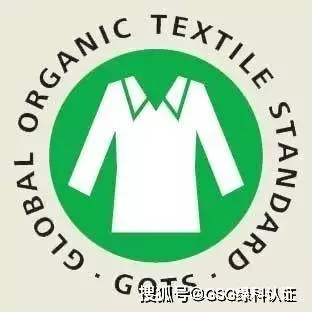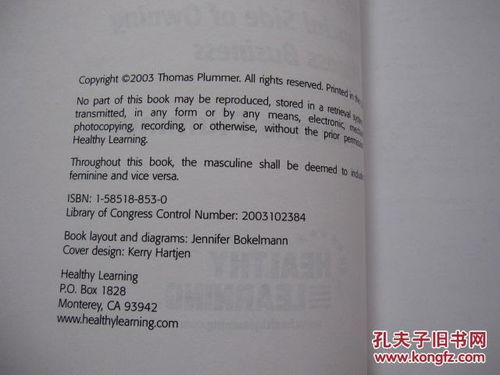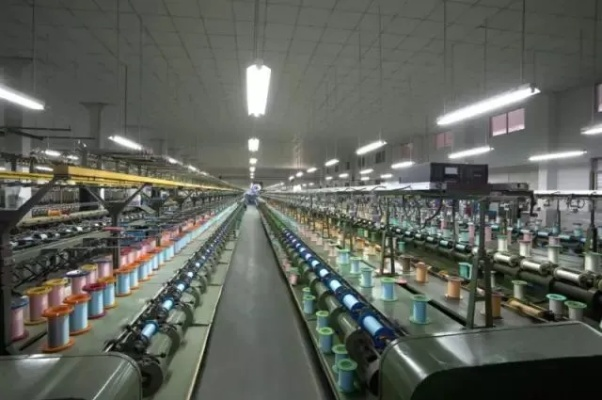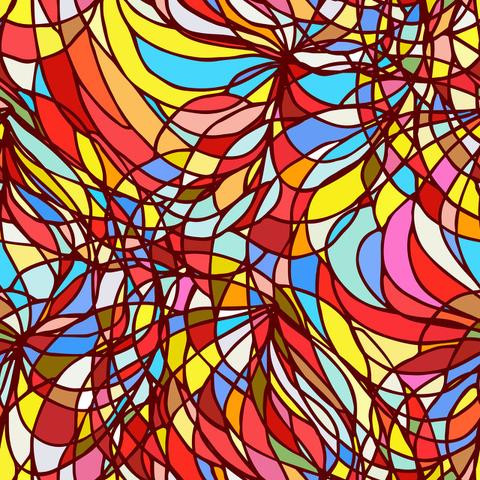An Overview of Textile Fabric Examinations
This paper provides an overview of textile fabric examinations, including the types of tests and their applications. The examinations are used to determine the quality and characteristics of textile fabrics, such as their strength, durability, and color. The tests include tensile strength testing, tear resistance testing, abrasion resistance testing, and color fastness testing. These tests are important for determining the suitability of textile fabrics for specific applications, such as clothing, upholstery, and industrial use. Additionally, the examinations help in identifying any defects or flaws in the fabric, which can affect its performance and longevity. Overall, textile fabric examinations play a crucial role in ensuring the quality and safety of textile products.
Introduction: Textile fabrics are the foundational materials used in a wide range of industries, from apparel to construction. When purchasing or sourcing these materials, it's crucial to understand their properties and quality. This guide will provide an overview of the key elements that should be considered during a textile fabric examination. We will also use an example to illustrate how these factors can impact product performance.
Examined Elements:
-
Material Composition: The first step in examining a textile fabric is to determine its composition. This includes identifying the type of fibers used (e.g. cotton, polyester, wool), their weight, and any additives such as dyes or softeners.
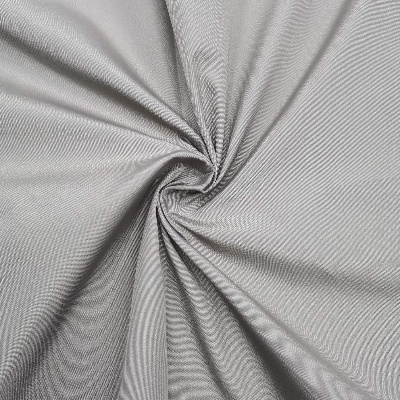
-
Fiber Length and Density: The length of the fibers and their density play a significant role in determining the strength and durability of the fabric. Longer fibers tend to have greater strength but may result in heavier fabrics, while shorter fibers may offer better flexibility. Higher densities generally indicate higher quality and more durable fabrics.
-
Weave Pattern: The weave pattern refers to the arrangement of the threads within the fabric. A plain weave has evenly spaced threads, while a twill weave has alternating spaces between threads. The weave pattern affects the appearance and feel of the fabric, with different patterns offering unique characteristics.
-
Color and Luster: Color and luster refer to the appearance and shine of the fabric. These attributes are influenced by the dyes used, the temperature at which the fabric is processed, and the finishing techniques applied. For instance, a high-temperature dye bath can cause the fabric to become more vibrant and glossy, while a lower temperature can produce a softer, more muted color.
-
Tensile Strength: This is the measure of how well a textile fabric can resist tearing or breaking under stress. It is determined by the strength of the fibers and the overall structure of the fabric. Higher tensile strength indicates a stronger fabric that can withstand heavy wear and tear.
-
Resilience: Resilience refers to the ability of a fabric to return to its original shape after being stretched or pulled. High resilience means that the fabric maintains its shape well even after repeated stretching, making it ideal for garments that need to be worn for extended periods without losing their shape.
-
Water Absorption: This is the amount of water that a textile fabric can hold before it swells and loses its shape. High water absorption can lead to stains on clothing and damage to delicate fabrics, so it's important to choose fabrics with low water absorption levels.
-
Flammability: Flammability refers to the ease with which a textile fabric catches fire. This attribute is important for safety reasons and is typically tested using a standardized test method known as ISO 9073. Fabrics with low flammability ratings are safer for use in applications where fire risk is a concern.
-
Stability: Stability refers to the resistance of a textile fabric to changes in humidity and temperature. This property is important for maintaining the integrity of the fabric over time and preventing shrinkage or warping.
-
Durability: Durability refers to the longevity of a textile fabric, measured in terms of its ability to withstand wear and tear over time. High-quality fabrics are designed to last longer and require less maintenance, making them more cost-effective in the long run.
Case Study: Consider a high-end fashion brand that specializes in luxurious sportswear. They are looking for a new fabric supplier who can deliver high-quality, eco-friendly materials that meet their strict standards. Upon reviewing the supplier's portfolio, they identify a particular fabric that meets all their requirements. However, they notice that despite its excellent properties, the fabric has a relatively high water absorption level. This could potentially compromise the brand's commitment to sustainability and customer satisfaction. The supplier explains that this is due to the specific processing techniques used in the manufacturing process. The brand decides to proceed with the purchase, but they also work with the supplier to develop a custom blend of materials that addresses their concerns about water absorption. By doing so, they ensure that they are not only getting high-quality products but also supporting the environmental and social goals of their brand values.
Conclusion: Textile fabric examinations involve a multifaceted approach that takes into account various factors that impact the performance and end-use of the fabric. By understanding these elements and using them as a basis for decision-making, businesses can select fabrics that meet their specific needs and expectations. In today's fast-paced world, staying ahead of the competition requires constant innovation and attention to detail, and textile fabric examinations are just one aspect of this process.
纺织品面料作为服装、家居装饰等领域的关键材料,其质量直接影响到产品的外观、舒适度和耐用性,对纺织品面料进行全面的考察是确保产品质量的重要环节,本文将详细介绍纺织品面料考察内容包括哪些方面,并通过英文案例说明来进一步阐述。
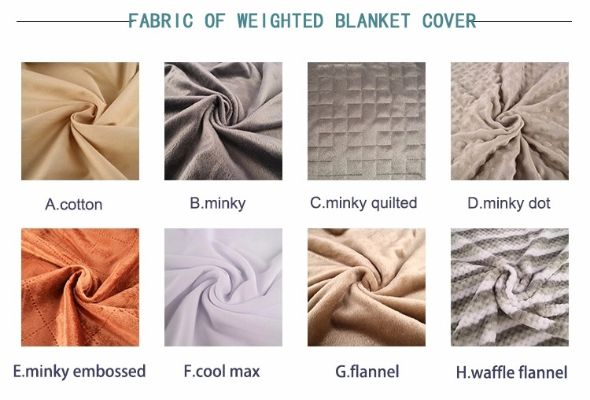
纺织品面料考察内容概述
材料性能
材料性能是纺织品面料考察的首要内容,包括纤维类型、密度、强度、耐磨性、吸湿性、透气性等,这些性能直接关系到面料的耐久性、舒适度和功能性。
织造工艺
织造工艺是影响纺织品面料外观和手感的关键因素,考察内容包括织造设备的性能、织造工艺流程、针织技术等,还需要关注织物的组织结构、图案设计等因素。
化学成分
纺织品面料中化学成分的检测也是必不可少的,包括纤维成分、染料成分、助剂成分等,这些成分的含量和比例直接影响到面料的环保性、安全性以及使用性能。
功能性要求
随着人们对生活品质的要求不断提高,纺织品面料的功能性越来越受到重视,考察内容包括面料所具备的防尘、防菌、抗皱、保暖等性能,还需要关注面料在特殊环境下的适应性,如高温、低温、湿度等。
安全标准
纺织品面料作为直接接触人体皮肤的产品,其安全标准也是考察的重要内容,包括无毒、无味、无过敏源等要求,还需要关注面料是否符合相关安全标准认证。
英文案例说明
以纺织品面料为例,我们可以从以下几个方面进行考察:

材料性能检测
在材料性能检测方面,我们可以使用各种测试仪器和方法来检测纤维类型、密度、强度等指标,我们可以使用拉力测试仪来检测纤维的强度和耐磨性;使用显微镜来观察纤维的微观结构;使用吸湿性测试仪来测试面料的吸湿性等。
织造工艺考察
在织造工艺考察方面,我们可以从以下几个方面进行:
a. 设备性能:考察织造设备的生产能力、自动化程度、稳定性等指标,我们可以查看设备的生产效率、产品质量稳定性等数据。
b. 织造工艺流程:了解织造工艺的具体流程和操作方法,以及是否符合行业标准,还可以关注织物的组织结构、图案设计等因素。
化学成分检测案例分析
以某品牌纺织品面料为例,其化学成分检测结果如下:该面料的主要纤维类型为天然纤维,含有一定量的有机染料和助剂成分,经过检测,该面料的化学成分符合相关安全标准要求,且环保性较好,该面料在高温环境下仍能保持良好的使用性能。
功能性与安全性案例分析
以某保暖面料为例,其具有防尘、防菌、抗皱等功能性要求,同时符合相关安全标准认证,在特殊环境下的适应性方面,该面料在高温、低温、湿度等环境下均表现出色,能够满足各种特殊环境下的使用需求,该面料还具有无毒、无味、无过敏源等特点,符合人体健康安全标准要求。
纺织品面料考察内容包括多个方面,包括材料性能、织造工艺、化学成分、功能性要求和安全标准等,在实际考察过程中,需要结合具体的产品和行业特点进行综合评估和分析,随着科技的不断进步和人们对生活品质的要求不断提高,纺织品面料的质量和性能也面临着更高的要求,在纺织品面料的生产和检验过程中,需要不断加强质量控制和安全管理,提高纺织品面料的品质和性能水平。
Articles related to the knowledge points of this article:
The Dynamic Landscape of Tianjins Textile Prices
Underwater Lint Removal:The Process of Textile Processing
